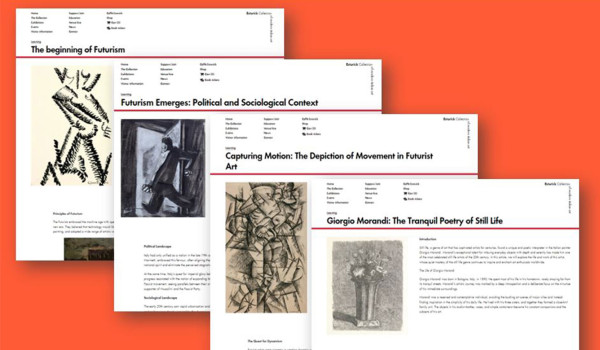
In this page you will find a wealth of information and resources to help you with your research and lesson planning.
We count with several resources designed to be used in your classroom as well as handy articles, videos and collection items that will support a number of subjects from History to Art and Design.
Teacher's Resources
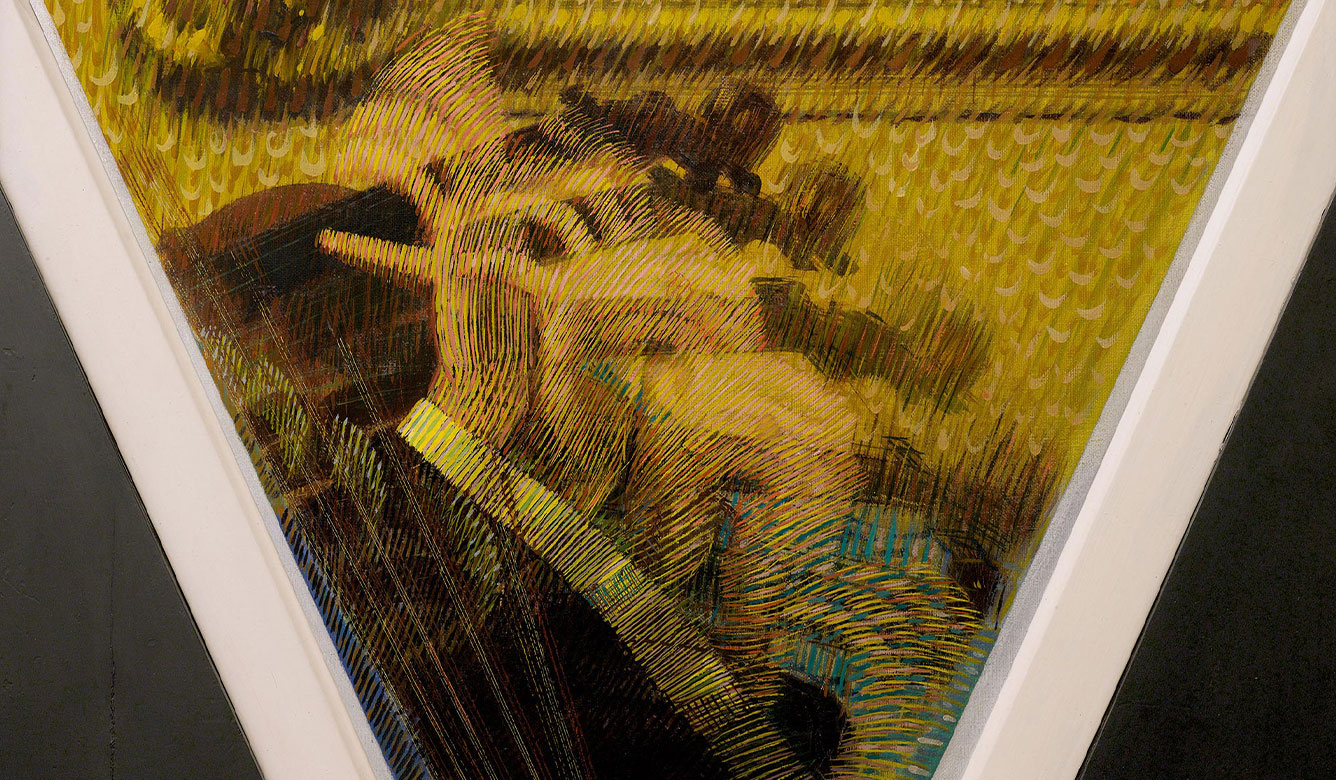
The beginning of Futurism
The Futurist movement, a dynamic and influential art and cultural movement of the early 20th century, was born out of a fervent desire to embrace the rapid changes and innovations of the modern world. Emerging in Italy in the early 1900s, Futurism sought to break free from tradition and celebrate the exhilarating possibilities of the future. In this article, we will explore the origins, key figures and defining principles that marked the inception of the Futurist movement.
Read more
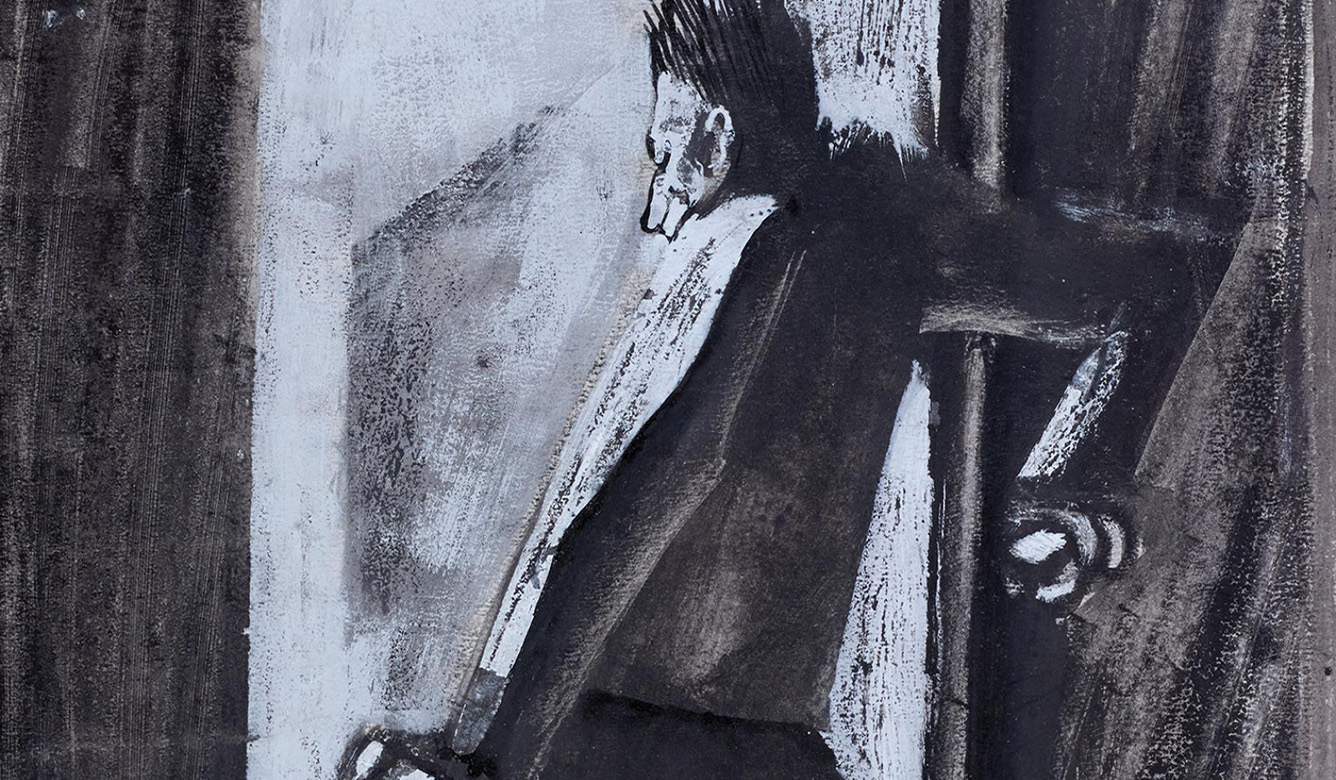
Futurism Emerges: Political and Sociological Context
The birth of the Futurist movement in the early 20th century was not only a response to artistic traditions but also a reflection of the complex political and sociological context of the time. Emerging in Italy during a period of profound change, Futurism was deeply intertwined with the political, social, and cultural dynamics of its era. In this article, we will explore the political and sociological backdrop against which Futurism developed and understand how it both influenced and was influenced by these factors.
Read more
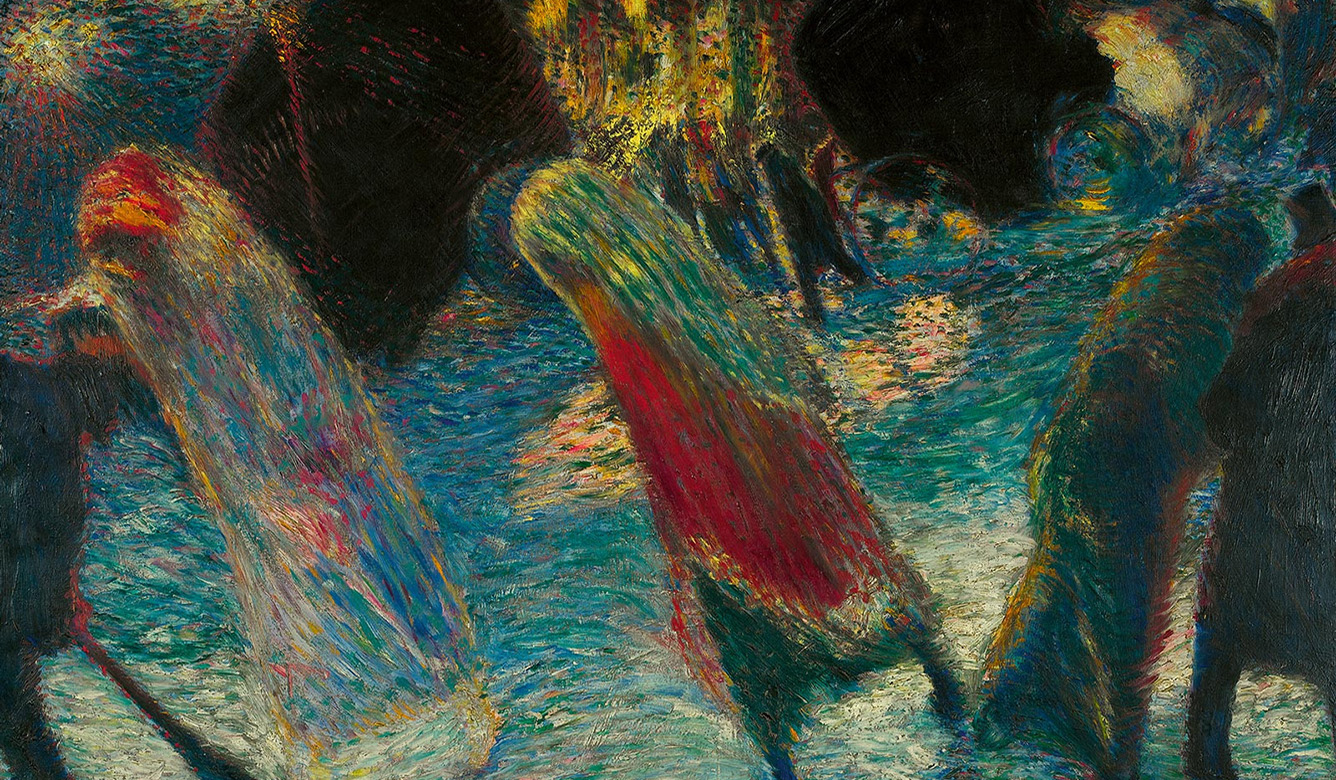
Capturing Motion: The Depiction of Movement in Futurist Art
Futurism was characterised by its fervent celebration of the dynamism, speed and energy of the modern age. At the core of Futurist art lay a profound preoccupation with the concept of movement. Artists sought to capture the essence of motion, whether in the bustling streets of the city, the speed of machines, or the chaos of war. In this article, we will explore how Futurist artists, through their innovative techniques and unique perspectives, conveyed the concept of movement in their groundbreaking works.
Read more
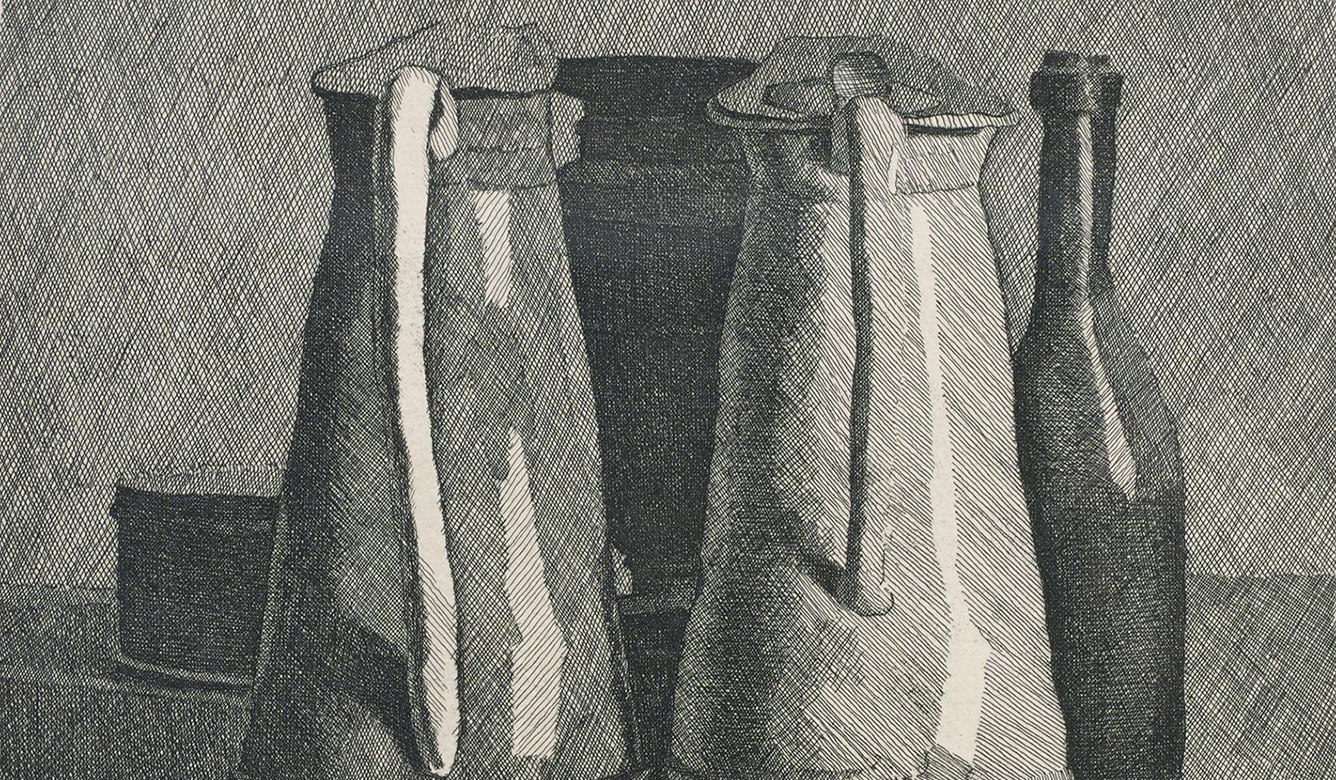
Giorgio Morandi: The Tranquil Poetry of Still Life
Still life, a genre of art that has captivated artists for centuries, found a unique and poetic interpreter in the Italian painter Giorgio Morandi. Morandi’s exceptional talent for imbuing everyday objects with depth and serenity has made him one of the most celebrated still life artists of the 20th century. In this article, we will explore the life and work of this artist, whose quiet mastery of the still life genre continues to inspire and enchant art enthusiasts worldwide.
Read more
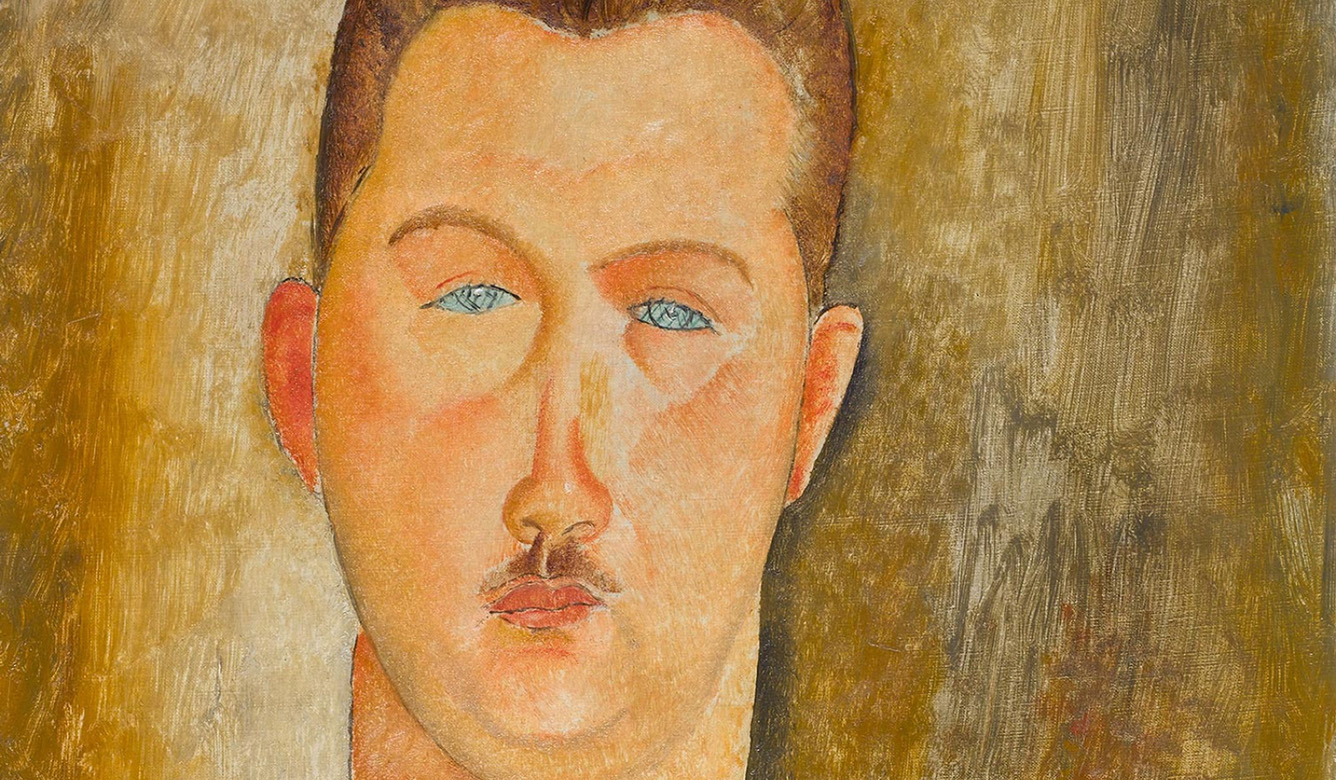
Capturing the Human Spirit: Portraiture at the Estorick Collection
Through the works in the Estorick Collection we can undertake a captivating journey through the world of portraiture. In this article, we will explore the unique and diverse portraits on display, shedding light on the artists, styles and narratives that make this collection a rich tapestry of human expression.
Read more

Metaphysical Marvels: Giorgio de Chirico and Carlo Carrà
Metaphysical art, or ‘Pittura Metafisica’, emerged in Italy during the early 20th century. Spearheaded by two visionary artists, Giorgio de Chirico and Carlo Carrà, this movement sought to transcend the confines of reality and delve into the mysterious realms of the subconscious. Metaphysical art is characterised by dreamlike landscapes, enigmatic cityscapes and an eerie sense of stillness.
Read more
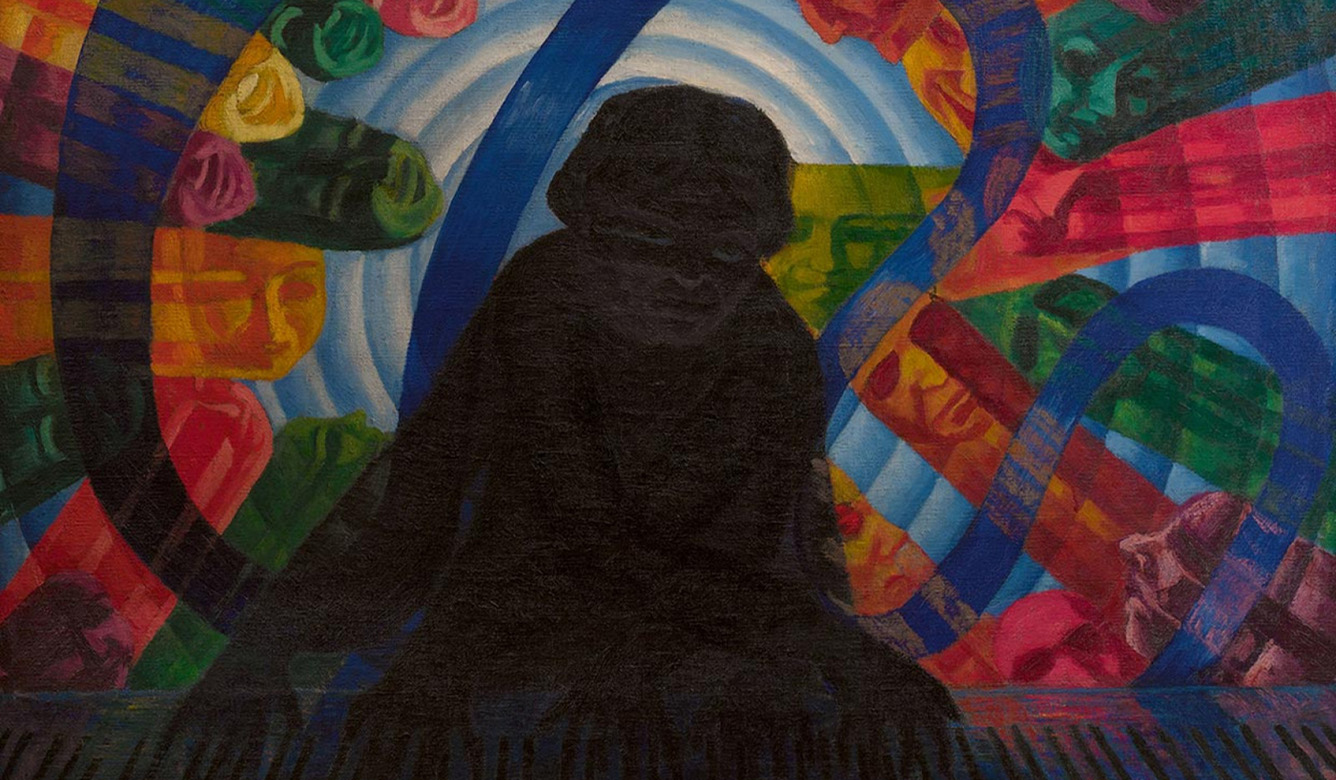
Simultaneity and Synaesthesia: A Multi-Sensory Exploration of the Avant-Garde
The Futurist movement, which emerged in the early 20th century, was a radical and avant-garde artistic and cultural movement that celebrated the speed, dynamism, and technological advancements of the modern world. One fascinating aspect of Futurism is its connection to synaesthesia, a neurological phenomenon in which the stimulation of one sensory or cognitive pathway leads to involuntary experiences in another. In this article, we explore the intersection of Futurism and synaesthesia, shedding light on how this movement embraced and embodied the multi-sensory experience of the modern age.
Read more
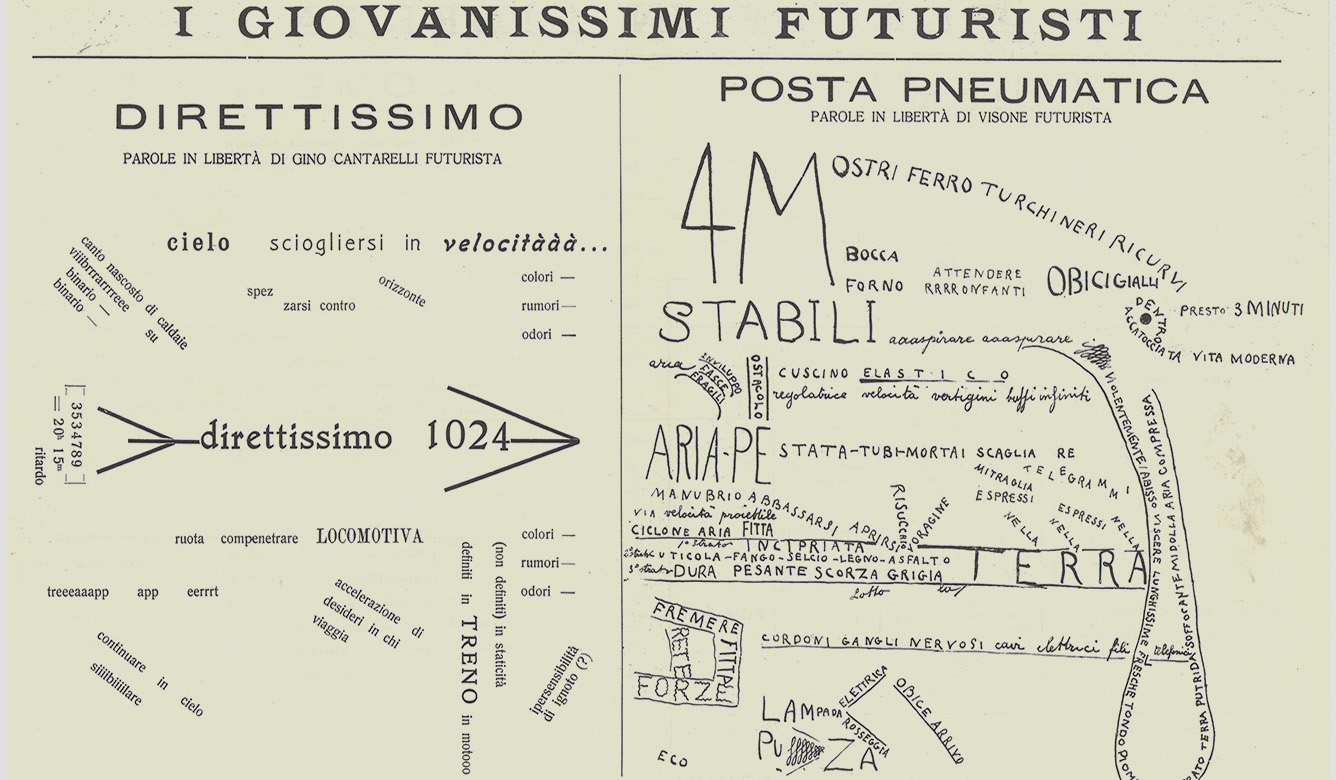
Shaping Tomorrow: Exploring the Futuristic Vision of Young Minds
Futurism emphasised the importance of youth in its fight against the past and the forces of tradition, and its iconoclastic attitude proved to be very attractive to young artists. For instance: the painter Tullio Crali created his first Futurist drawings when he was just fifteen years old.
Read more
Further information
Self-guided VisitsWe offer free admission for children under 18s and full-time students. Accompanying adults need to pay admission: standard £7.50, concession £5.50.
Guided Workshops
The workshops are designed to support the National Curriculum and are adapted to the aims of each key stage. The uniqueness of our collection allows us to address specific themes such as movement, identity, composition and much more. The works are always examined within their cultural, social and historical contexts and stylistics comparisons are drawn between them.
Workshops are delivered by Estorick Educators or freelance artists and can be based upon our permanent collection or temporary exhibitions. Sessions focus on selected works from our collection, before allowing participants to explore ideas and themes further through practical activities. They cost £80 for a 1.5h workshop, including all materials for a maximum of 30 students. Please see the pages below for more information about our workshops.
Downloadable Art Activities
We have a number of activities ready to do outside the museum.
Find out more
Booking
We recommend that you book at least two weeks in advance. To make an enquiry, please email education@estorickcollection.com with the name of your school or organisation, the type of workshop you'd like to book, for what age group, group size and possible dates. We will try to contact you within two days to confirm your booking or ask for alternative dates.